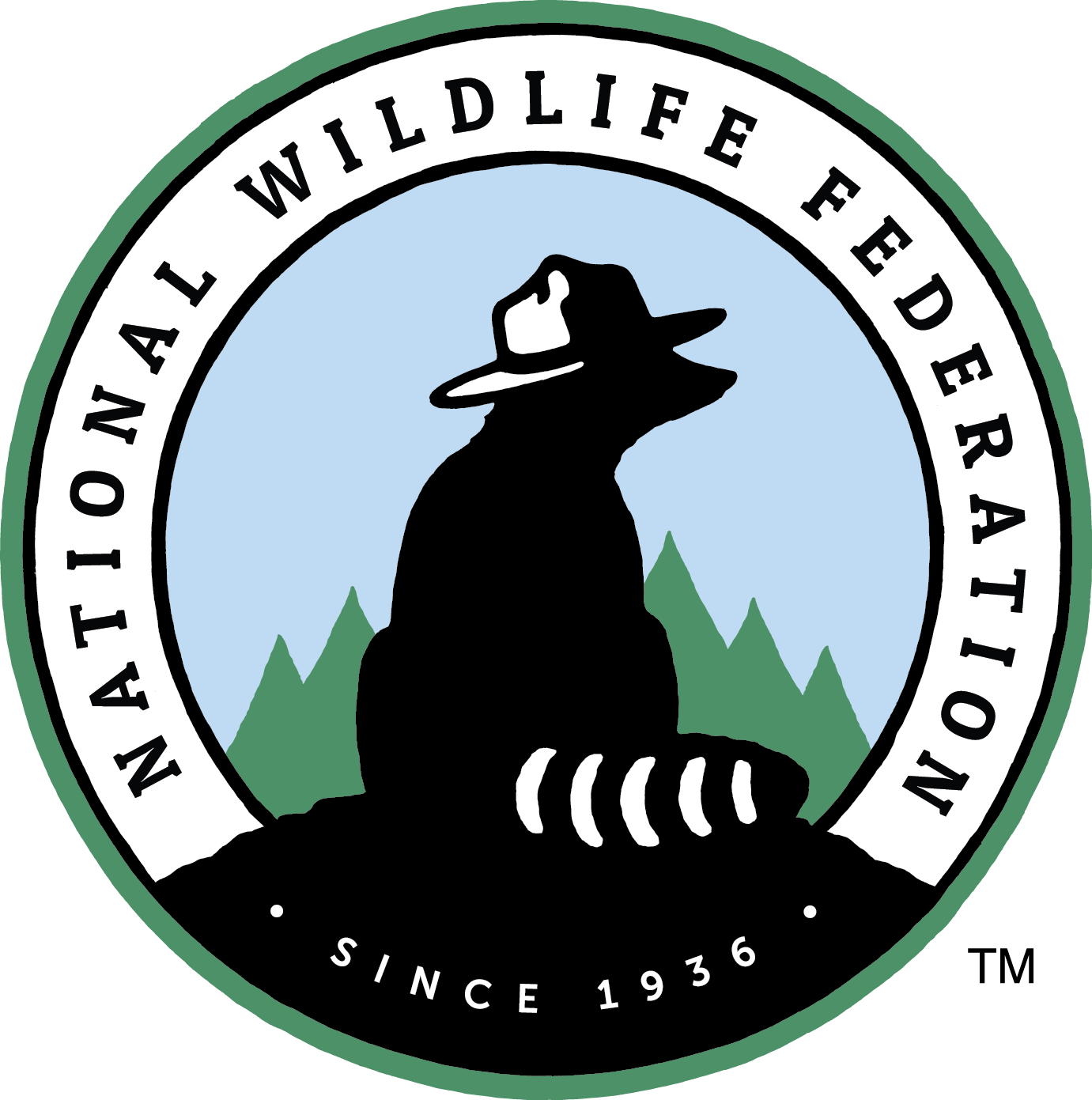Number: 2016-02 WHEREAS, the Pittman-Robertson Wildlife Restoration Act of 1937 and the Dingell-Johnson Sportfish Restoration Act of 1950 put in place a system in which federal funding for wildlife conservation is generated through excise taxes paid by hunters and anglers and invested in state fish and wildlife agencies; and WHEREAS, this system of funding from the contributions of hunters and ang ...[Read More]
Support for Dedicated Federal Funding to Prevent Wildlife from Becoming Endangered
Federal Land Wildfire Funding Fix
Number: 2016-05 WHEREAS, the acreage, frequency, and cost of wildfires has increased significantly in recent decades, including on federal lands, due to drought, insects, disease, climate change, housing developments, and other factors; and WHEREAS, five of the ten highest years for U.S. acres burned in wildfires occurred in the last decade, including the most acres ever recorded burned in one yea ...[Read More]
Rapid Impact Assessment for Coastal and Island Wildlife Following Natural Disasters
Number: 2016-06 WHEREAS, climate change is expected to accelerate sea level rise and result in stronger storms and hurricanes; and WHEREAS, it is predicted that those extreme weather events will include flooding and storm surges affecting coastal ecosystems far inland, and much farther than today’s high tide line; and WHEREAS, the combination of higher sea levels and stronger storms and hurricane ...[Read More]
Reforming Federal Coal Leasing
Number: 2016-08 WHEREAS, the Department of Interior (DOI) has recently issued a moratorium on new federal coal leasing to reassess its programs, and this provides the best opportunity in decades to change policies that aren’t in the best interest of wildlife, the ecological integrity of our public lands, the changing climate, or the country’s fiscal standing; and WHEREAS, the current federal miner ...[Read More]
Support for Rule of Law and Collaboration in Public Land Management
Number: 2016-09 WHEREAS, federal and state lands are held in the public trust for the enjoyment and use of the general public; and WHEREAS, armed militants’ criminal seizure of Malheur National Wildlife Refuge in January 2016 was the latest in a series of violent or potentially violent disputes over public land ownership and management authorities; and WHEREAS, the occupiers threatened government ...[Read More]
Minimize Habitat Damage from Suction Dredge Mining
Number: 2016-07 WHEREAS, the National Wildlife Federation is fully committed to protecting fish and wildlife and their habitats; and WHEREAS, Suction Dredge Mining (SDM) is a process of pumping stream bed materials into a material separation process and in so doing disrupts the natural fluvial geomorphology that native fish depend on for spawning and rearing within the stream; and WHEREAS, salmon ...[Read More]
Advancing Federal Ecosystem Restoration Projects by Facilitating Participation of Non-Federal Partners
Number: 2016-12 WHEREAS, the Upper Mississippi River National Wildlife and Fish Refuge from the Minnesota-Iowa border upstream along the Mississippi River to Reads Landing, Minnesota has recorded 305 species of birds, including 29 shorebird species and 33 warbler species, including the rare Prothonotary Warbler; and WHEREAS, the Upper Mississippi River Basin is home to Lake Pepin, a globally signi ...[Read More]
Commercial Net-Pen Aquaculture within the Great Lakes
Number: 2016-11 WHEREAS, there has been recent interest in the permitting of commercial net-pen aquaculture (net pens) in Michigan’s public waters of the Great Lakes; and WHEREAS, the public waters of the Great Lakes support a recreational fishing economy that generates $19 billion in total economic output (nearly $3 billion in direct spending by anglers) and supports nearly 250,000 jobs; and WHER ...[Read More]
Strengthening the Nation’s Fight Against Invasive Species
Number: 2016-01 WHEREAS, nonnative invasive species are one of the leading threats to U.S. wildlife, degrading and destroying habitats, disrupting food webs, and introducing new competitors, predators and unwanted hybridization; and WHEREAS, invasive species are responsible, according to the U.S. Fish and Wildlife Service, for imperiling at least 400 species listed under the U.S. Endangered Specie ...[Read More]
Expanding the Papahānaumokuākea Marine National Monument
Number: 2016-10 WHEREAS, the Papahānaumokuākea Marine National Monument is a UNESCO World Heritage Site encompassing nearly 140,000 square miles and one of the largest marine conservation areas in the world; and WHEREAS, the monument was declared in 2006 and includes the Northwestern Hawaiian Islands and surrounding waters from the shoreline out to 50 nautical miles; and WHEREAS, there is a long h ...[Read More]
